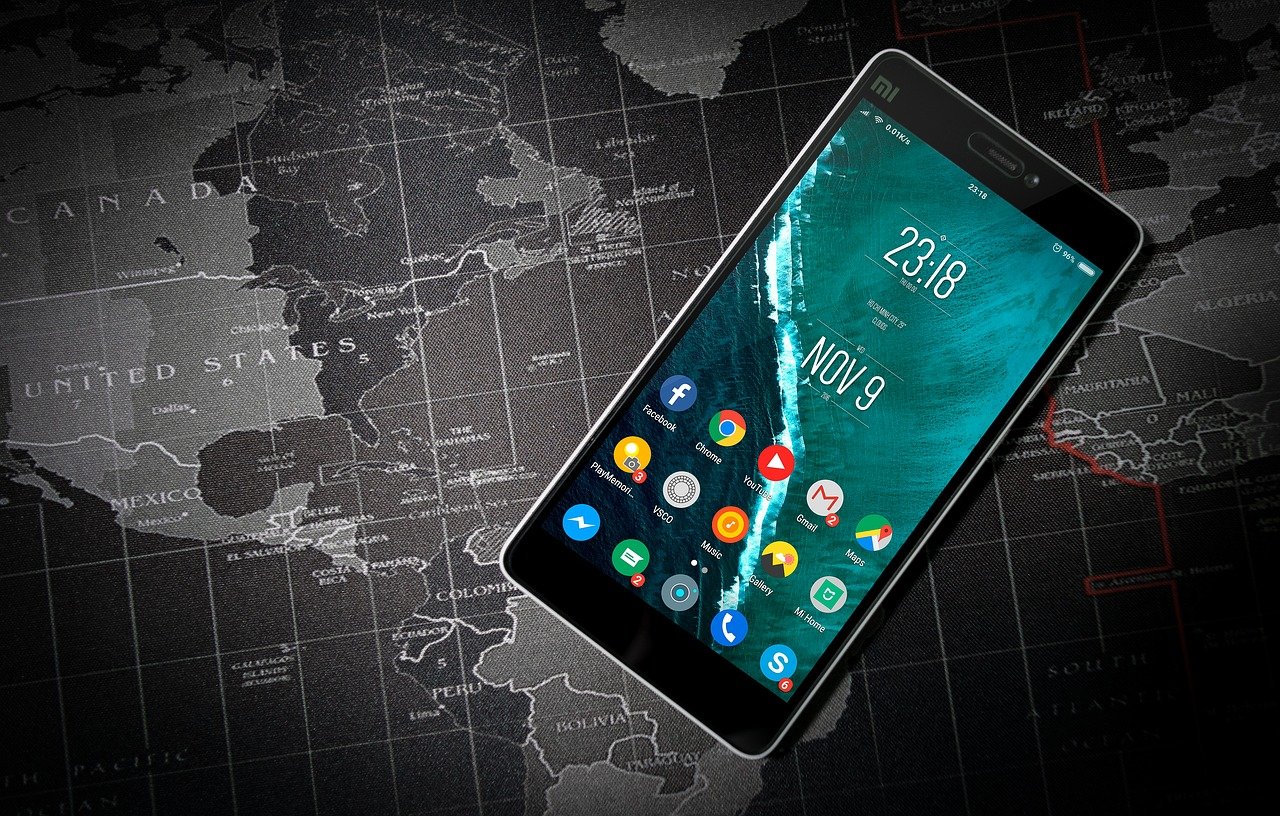We all know that it’s impossible to predict the future, especially when it comes to the evolution of technology, but it’s still fun to try. Read on for a look at some of the coolest features and advances that, according to tech experts, could be coming to smartphones in the years ahead.
1. More diverse interfaces
Can you imagine a world in which smartphones don’t have screens? It may be here sooner than we think. Since they came on the market, non-screen devices such as AirPods have grown rapidly in popularity and have inspired many users to dramatically reduce their relationship with their touchscreens. This has led many experts to predict an influx of other non-screen devices that will allow users to choose the interface (for example, voice-directed, motion-directed, or powered by another IoT device) that feels most natural to them. The smartphone itself will still act as the central hub, but the screen may no longer be the default way to conduct your digital interactions.
2. 5G-enabled hardware
Already in use for select purposes in several countries, 5G technology is poised to take our already connected world to the next level by supporting billions of digital devices at speeds up to 20 times faster than our current system permits. It therefore makes sense to assume that, driven by consumer demand, future smartphone hardware will fully support 5G. From a user perspective, this means that your smartphone will not only operate far more effectively and efficiently than before, but it will also be able to integrate seamlessly with a huge range of IoT and other devices.
3. Integrated SIM
SIM cards have significantly reduced in size over the years, but they still somehow feel like a surprisingly antiquated piece of technology. Experts expect this to change in the future as increasingly more manufacturers abandon physical SIM cards in favor of electronic versions. Before too long, you can probably expect your smartphone to feature a programmable, integrated SIM (some are calling this an “eSIM” or an “iSIM”), which will allow you to switch quickly between network providers and use your phone more easily while traveling abroad.
4. Thin, stretchable screens
For many years, smartphone manufacturers have been faced with a difficult challenge: reconciling consumer demand for larger smartphone screens with their simultaneous demand for smaller, lighter, and more portable phones.
Foldable screens, which are themselves a nod to early flip phones, have always headed the list of possible solutions, but experts believe that future smartphone screens should stretch rather than fold. With a stretchable device, you wouldn’t unfold it as if you were opening a book; you would stretch it out, as if you were stretching a rubber band, by pulling two of its corners diagonally away from each other. Of course, for such a design to be possible, most of the other components of the device, as well as the display, would have to be stretchable as well, so this innovation may be further off than some of the other possibilities mentioned here.
5. Increased voice assistant integration
As a result of significant advances in neuro-linguistic processing technology and artificial intelligence, voice-powered digital assistants have come a long way since they were first introduced. As the number of voice interactions with smartphones grows, experts anticipate that digital assistants will become even more fully and seamlessly integrated into smartphone controls and applications, for personal and professional use alike.
6. Changeable colors
Have you ever had trouble deciding which color you’d like your new smartphone to be? As smartphones continue to evolve, this dilemma may soon be a thing of the past. In the future, a smartphone exterior could be made of a glass-like, completely light-absorbing material that is transparent in its normal state, while the device itself could have different colored LED lights inside. To choose the color of your phone, you would simply turn on that color LED. Your phone’s material would then absorb the light and would appear almost as if your chosen color had been painted on. With multiple LEDs, you could switch your phone’s color as often as you like, and you could even have the color change automatically in response to different environmental triggers.
7. Over-the-air charging
Wireless smartphone charging is already possible with the right accessories, but in most cases, it still relies on a plugged-in charging mat that you lay your smartphone on. However, what if your smartphone could be charged over the air, simply by being near, rather than directly on, a charging device? Startups such as Energous are developing transmitters with precisely this goal in mind. Eventually, this technology could be powerful enough to charge devices at significant distances.

